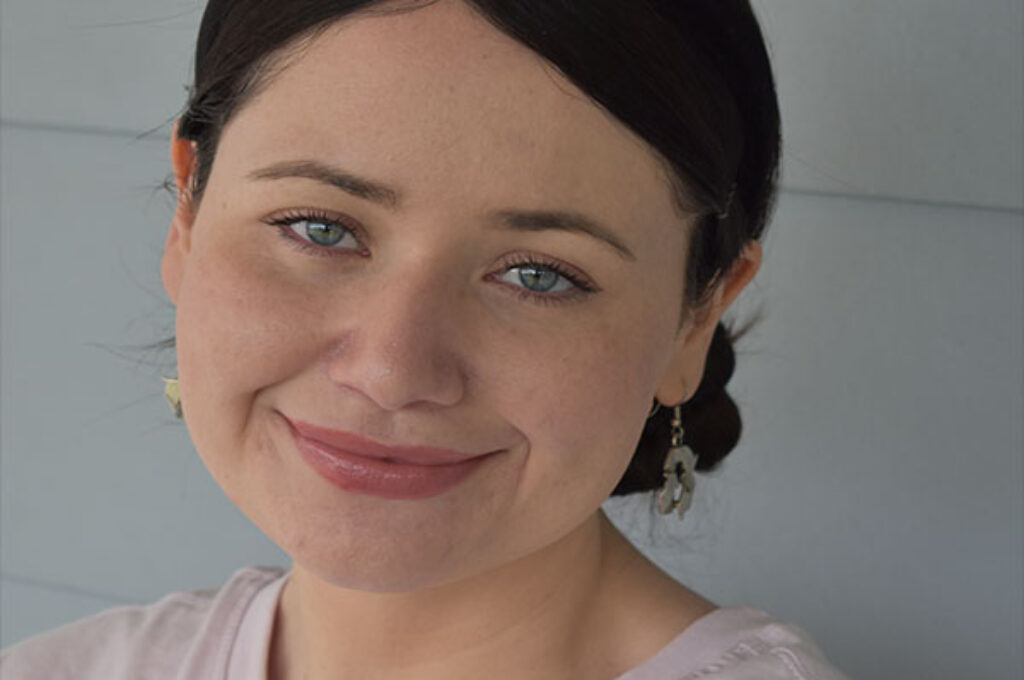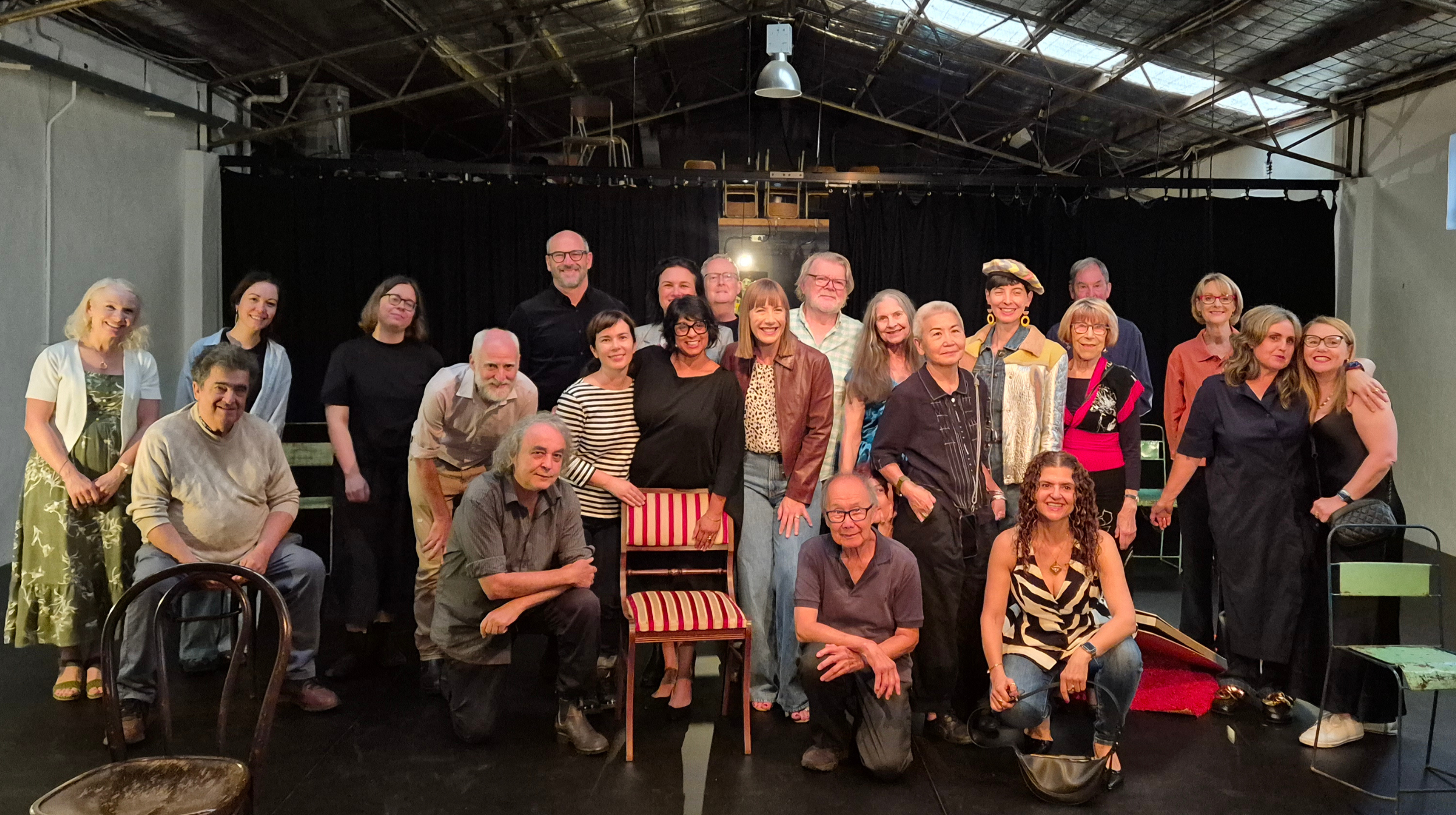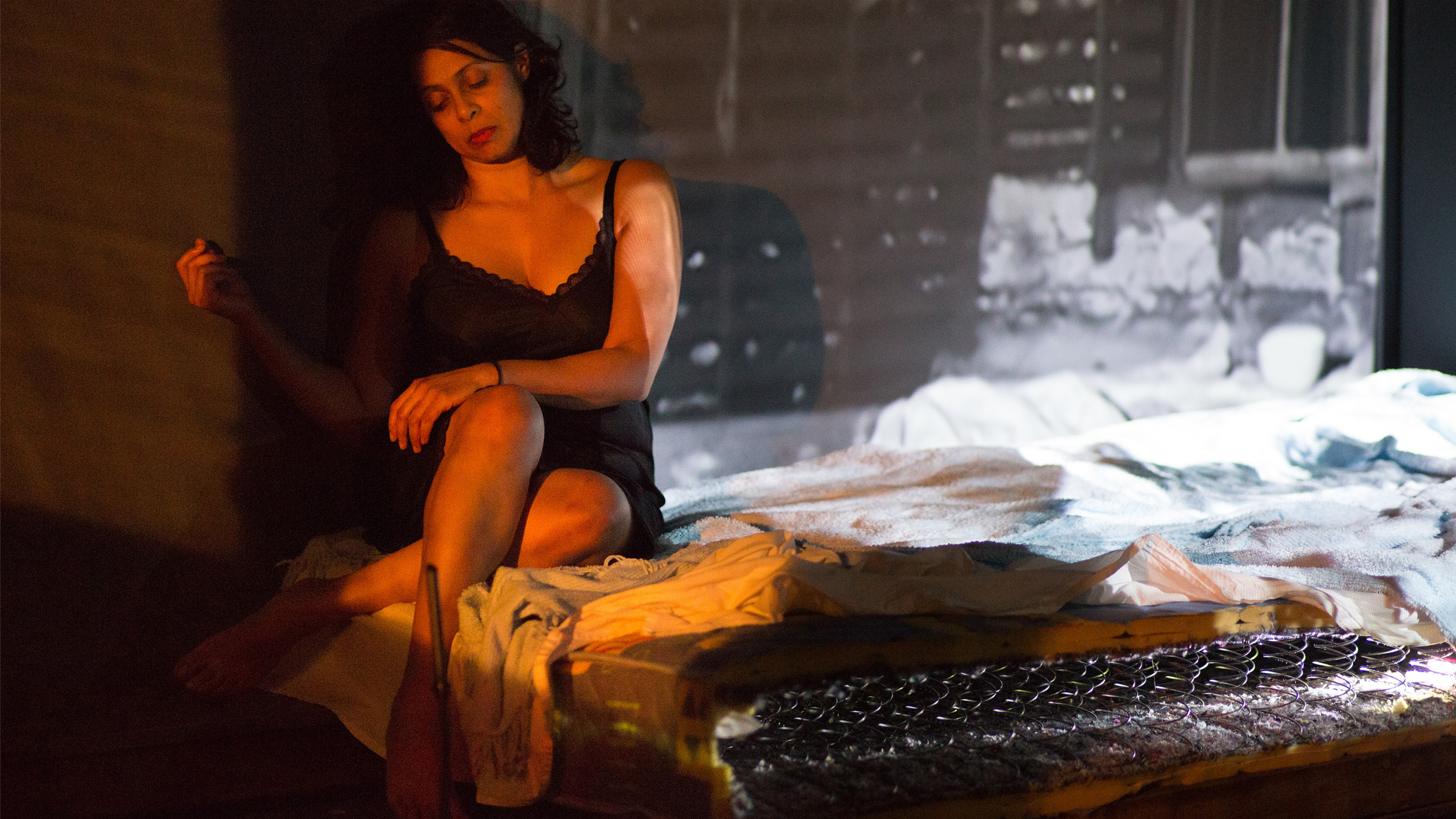
In conversation / Anastasia Mortimer
10.01.2022
This week we launch the ‘Living Room conversations’ series which will feature intimate conversations between Michelle St Anne and our long-term collaborators and supporters.
In today’s edition, Michelle speaks to Anastasia Mortimer our editor and writer for the series, about her reflections and futures of contributing to LRT.
Michelle St Anne (MSA): You have been following LRT’s work for some years now. Can you describe an image that you remember and what it meant for your own view of the world?
Anastasia Mortimer (AM): The first LRT work I saw was ‘I Love Todd Sampson’ in 2016 at Redfern’s 107 arts space. I can honestly say I had never seen anything like it. The way architecture/space, lighting, and sound were used hit all of my senses in unique and evocative ways. Every area of the space (107) had a story to tell. The iconography of stuffed animal horses comes to mind. But, there were so many other hidden details to discover and take in. I was unsure where to look and knew each part was important, and I remember desperately trying to absorb it all. I Love Todd Sampson was a profoundly moving work showcasing themes of sexual trauma and mental illness, and I have not stopped thinking about it years later.
The image that made me think differently about the world was the ‘social experiment’ of sorts intertwined with the work. The audience stood inside in the dark, peering outside as passers-by walked down the footpath. They did not know they were being watched or that they were a part of the work at this moment. Your character walked outside in oversized sunglasses and a fabulous coat, with a vintage suitcase in hand, and you stood in the middle of the road. This behaviour reflected some sort of emotional collapse, and the image was representative of the character’s mental instability. As I watched the scene unfold, I thought surely; someone would find this troubling and offer to help. But no one did. Cars beeped at you in frustration. People laughed and pointed from the streets as the cars flew past you, and one group of men shouted racial slurs at you. No-one stopped. No one offered support. It was remarkable to witness such a tragic scene. At the time, it changed my point of view of the world. I felt so angry at people for not helping at that moment. I remember thinking that if roles were reversed, I’d ask if you needed help.
I feel so deeply about this work, and this scene in particular, because it keeps changing my worldview every time I think of it. Years later, I found myself in a position as a bystander witnessing a similar emotional scene. Expect this time, it was not an innocent social experiment intertwined in a theatrical work; it was real life. A woman displayed signs of mental trauma after a public verbal fight with her partner. She walked into oncoming traffic in front of me and a few others and stood in the middle of a busy road, presumably thinking it was safer than it was on the path. I was frozen by fear, and just like those people on the street outside 107 Project had done years earlier, I did nothing. She eventually crossed to the other side, and I got on a bus and never knew what came of that situation. I had a lot of guilt over my inaction. That image still haunts me, and so does that scene from I Love Todd Sampson.
I now interpret that scene as a metaphor for how society ignores mental illness. Too often, when people witness others displaying signs of emotional distress, it makes us uncomfortable, so we ignore it and make mental illness an invisible problem. It inspires me to be better to strangers in need.
MSA: As an emerging political scientist, what contribution does LRT make to the rescripting of social issue narratives?
AM: My research in the realm of social and political science has delved into the importance of narrative in bringing awareness to social justice issues. This is because stories have the power to galvanise people to act. I see this link between LRT’s theatrical works, which offer an underlying political or social conversation. These narratives illuminate taboo subjects that people might not actively engage with daily or would typically run from. LRT’s works push the audience to engage with challenging topics; rationally, instrumentally and emotionally. Even when they are unaware that such ‘conversations’ are being had, these works require the audience to engage critically and introspectively with complex subjects that are typically avoided. This brings out difficult emotions in all who view the works. Drawing out emotions in narratives provides a different lens to view social issues. This rescripting of dominant narratives is a powerful tool for social change as it inspires people to think and potentially act on social issues.
MSA: You are an academic editor, and as LRT’s in house editor, the styles are very different. What can one style learn from the other?
AM: In the past, I have worked as an editor in academic settings, and the styles are very different. I am an aspiring academic interested in interdisciplinary research. My own writing style and scholarly inquiry do not fit neatly into boxes. Working within the confines of this structure, you are required to write in a style that was forged from years of ritual, and it argues that ‘it is the way the institution has always worked, and therefore, must keep working’. In my opinion, this can lead to a formulaic expression that has the potential to quell any form of creativity and originality. In general, I believe that academic writing and institutions have a lot to learn from the arts and artistic forms of expression. I am still figuring out what this is, but I hope my work with LRT will inspire me and help answer some of these burning questions that rage inside me.
Anastasia Mortimer is an editor and writer for The Living Room Theatre. She is studying for a PhD in climate change studies, disaster-induced human displacement, and social vulnerability. Her research and activism draw attention to societal issues that continue to be ignored.


